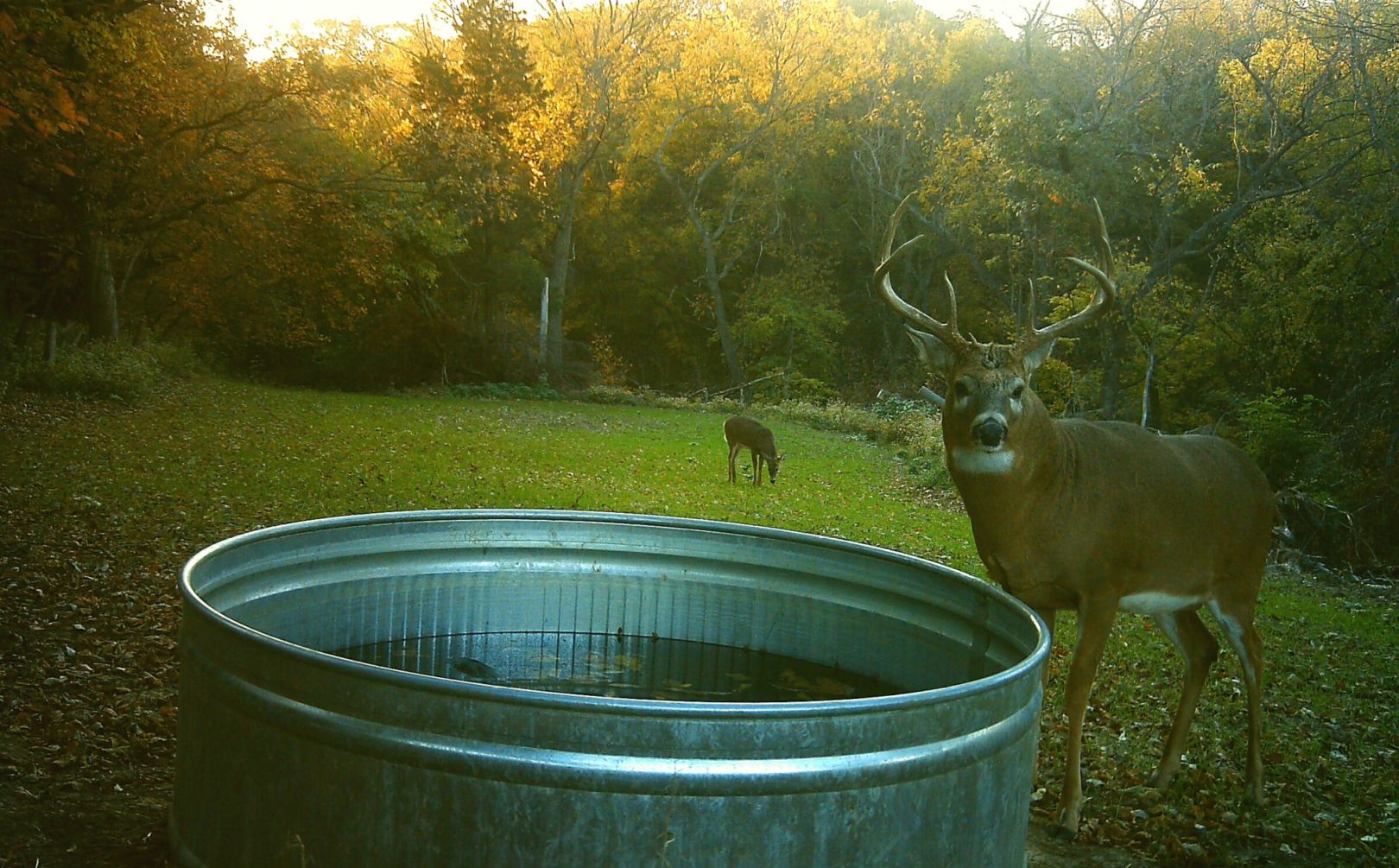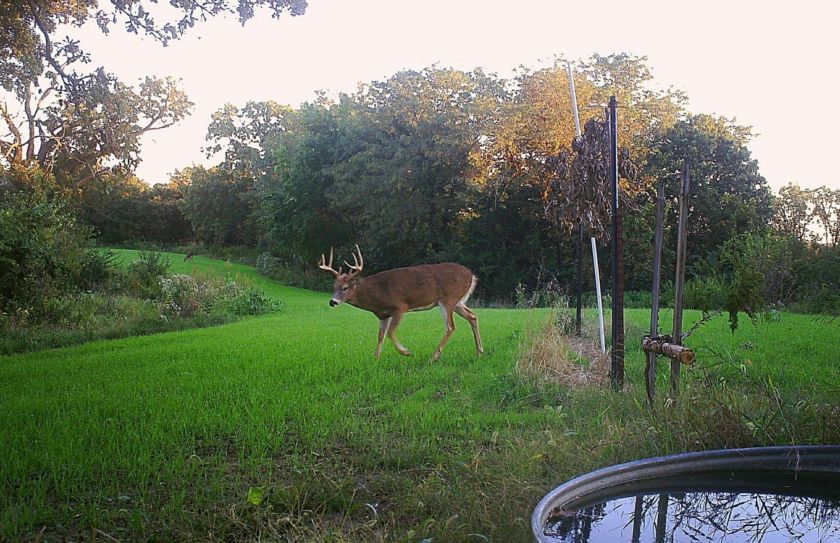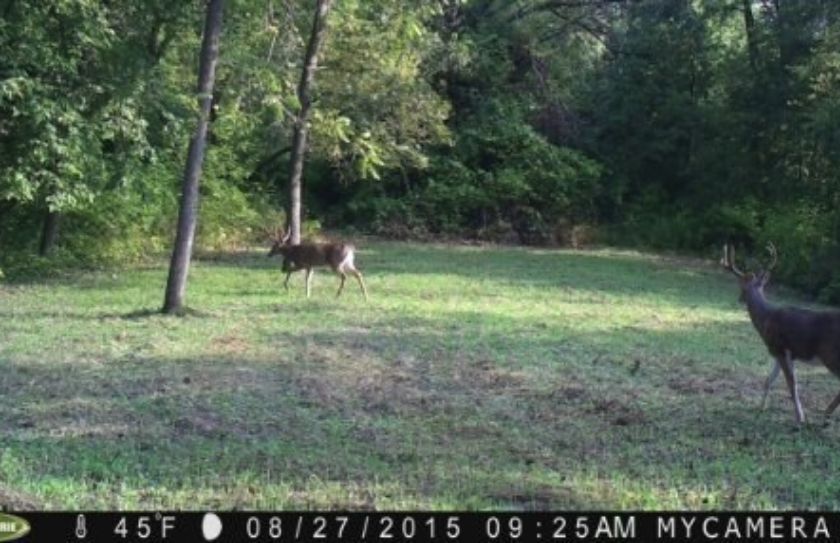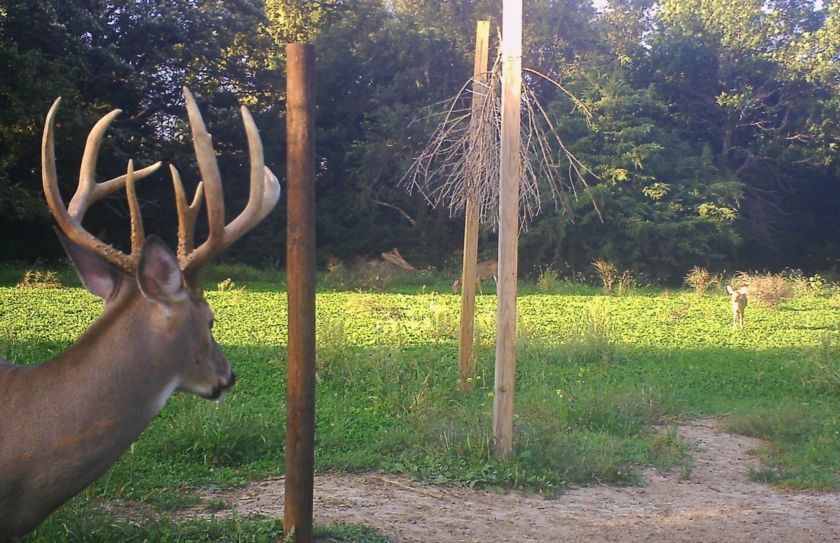
Whitetail kill plots not only come in all shapes and sizes, but in many different levels of potential mature buck success. Whether they are called kill plots, harvest plots or hunting plots, it sure looks easy on TV! All you have to do is build a beautiful field of green, set stand or blind on the edge of it and shoot a monster buck. Anyone with the means to plant a perfect food plot can do it, right? Well, if your goal this year is to find the same mature buck kill plot success as your favorite hunting show did last season, you may be in for a huge disappointment this season. Why? Because not all whitetail kill plots are created equal and they aren’t all located in the same State or Region.
The High Stakes Whitetail Kill Plot Game
Many hunting plots are destined for failure before the hunting season even begins. In fact, many will actually be doing a lot more harm this season, than good. When a food plot is located and hunted poorly on the land that you hunt, then your chance of success for the entire season can be drastically reduced. The higher the level of whitetail kill plot attraction, the greater the level of potential for educating a greater number of deer in the entire neighborhood, if the food plot is hunted poorly. At the same time there is a much greater potential of reward for shooting a monster buck on your land as well, if a hunting plot is created right. If it sounds risky it is because it is! To make matters even more complex is that depending on the region that you live in (or State), your level of risk that you can take, can be much higher or much lower. Creating whitetail kills plots in one State can equal a potential monster buck, while using those same food plot tactics in another State can equal predictable failure. To help sort out the annual high stakes whitetail kill plot mess, here are 5 critical components of a successful hunting food plot creation:
- Defined Movement -A whitetail kill plot isn’t a kill plot, unless it fits between high quality pieces of daily deer movement, including bedding areas and afternoon food sources. A kill plot should never be the end destination. Instead, a kill plot should be a piece of the movement, creating an opportunity for a mature buck to grab a safe snack during the hours of daylight while on his way towards bedding or a larger food source.
- No Deer Access -If you are likely to spook deer on the way into your treestand or blind, while sitting or on the way out, I personally wouldn’t hunt it. A “one and done” sit where you go for broke on a particular sit, isn’t worth the potential damage that can be caused for the rest of the season. This means that your scent, sound and site can’t penetrate into an adjoining bedding area or destination food source, if your desire is to shoot a mature buck.
- Consistent Forage -Food has to be available on a whitetail kill plot, at least for a period of time from a little before the season until a little after the season. That means that you have to offer a combination of high traffic food plot varieties that can take the pressure. Typically soybeans, corn and brassicas alone are not enough. However, combinations of brassicas, beans, peas, rye, clover and oats can create some great combinations, for making sure that your kill plot has an adequate amount of forage for the entire season. If the forage levels begin to dip and you end up with more soil than food, make sure to add Winter Rye on a sliding scale from 9/1 to 10/1. Start with 100#s per acre around 9/1 if needed, and all the way up to 200#s per acre for a 10/1 plot salvage.
- 180 Degrees of Deer Movement -A kill plot should be just on the edge of high quality deer movement and not inside the deer movement. By keeping the potential of deer movement in front of you and not behind you, you can drastically reduce your odds of being detected while entering, exiting or using your stand location.
- Kill Plot Location By State -To put it bluntly, what you can get away with in portions of States like Iowa and Kansas, you will not get away with in States like MI and WI. As the amount of hunting pressure increases, so does the amount of effort that you need to place into keeping your activities as stealthy as can be. The best practice is to live by the above 4 rules in any state that you hunt, to make certain that your favorite whitetail kill plot creation is contributing more reward than risk. However, a dab of commen sense goes a long ways when reading or viewing the lates kill plot strategy. One great question to ask is, does the area that food plot practice is in, accurately reflect the area that you are in?
*Whitetail kill plots come in all shapes and sizes, so which one is right for you? To see what really matters, make sure to check out the best kill plot shapes.
Should You Even Hunt A Kill Plot?
When it comes to consistenly creating food plot movements for mature bucks, should you even hunt a kill plot in the first place? Although about 10% of my top 25 bucks have been shot on a food plot throughout the years, I still rarely hunt over a food source. The whitetail kill plot conditions have to be perfect, for me to take a chance. And a chance is a great way to describe hunting a food plot. The potential for spooking even more deer in the neighborhood is high, if you don’t adhere to a strict set of kill plot rules for success.
TV Kill Plot Reality
Can you do what they do? Well maybe, but that depends on the above 5 rules for a successful kill plot. Very few highly successful hunting show productions are filmed in excessive hunting pressure locations, so it always pays to take the risk out of your food plot, by taking the most conservative approach. The rewards can be great, but only if your whitetail kill plot doesn’t create an opportunity to expose your hunting efforts to an even greater number of deer in the neighborhood.


